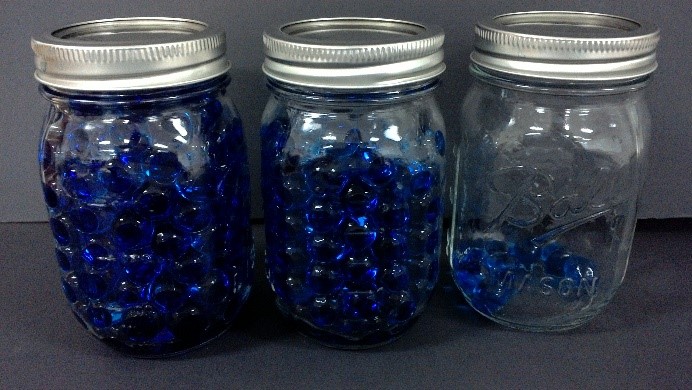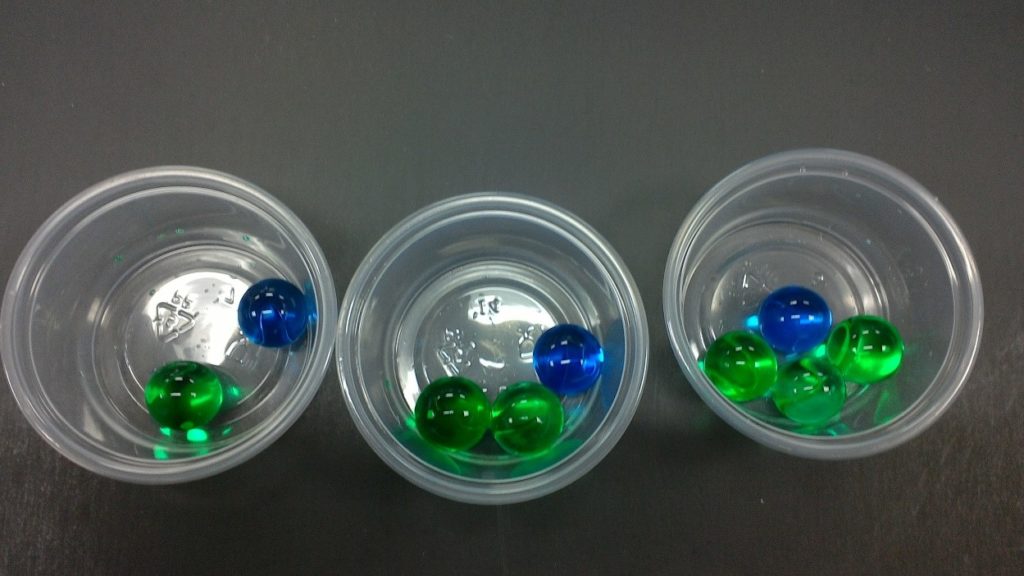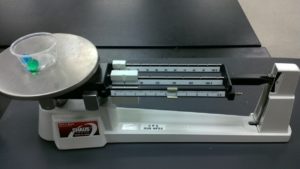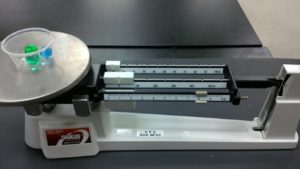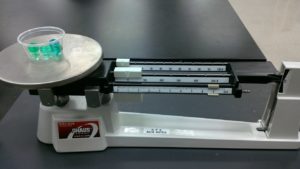 by Jen Donaldson
by Jen Donaldson
In my classroom, I’ve devised two new uses for Growing Spheres which help students have a better grasp on some otherwise complicated science concepts.
These small spheres are a wonderful way to make the invisible VISIBLE—in three dimensions!
Growing Spheres as States of Matter
I use Educational Innovations‘ Growing Spheres to demonstrate the states of matter: solid, liquid, and gas. In the past, I would rely upon 2D particle models to demonstrate the states of matter, but I found that my students had a difficult time conceptually understanding how the particles moved for each of the models.
Using a 3D model with the Growing Spheres, my students can more easily see how the particles move. The procedure is simple: I place the spheres in water with food coloring until they grow to their full size. At that point, I place them in three different jars.
♦ In the first jar, I place as many spheres as I can possibly fit.
♦ In the second jar, I place enough spheres so they are able to move past one another.
♦ In the third jar, I place only a few spheres.
I instruct my students to pass the three jars around and shake each one while recording their observations. Examining the first jar, students notice the spheres do not move and remain in the same order. With the second jar, the students observe the spheres rolling past each other. In the third jar, the students recognize that the spheres are free to bounce around easily.
We discuss what the movement means for each jar of spheres. The spheres in the first jar represent the particles in a solid; those spheres remain within a structure. In the second jar, the spheres slide past one another, similar to how liquid particles move. In the third jar, the spheres bounce around the jar, just like gas particles bouncing around.
Growing Spheres as Atomic Elements
The second way I have incorporated the Growing Spheres in my classroom is to use them to represent different isotopes of elements. I start by growing two cups of spheres, each one tinted with a different color. One color represents neutrons, while the other color represents the protons.
These atomic particles are placed in small, plastic dressing containers. Students are instructed to measure and record the mass of each container. They write down how many protons and neutrons are in each container. Next, they complete a Google search to identify the isotopes of each element.
This activity allows students to visually see how adding neutrons affects the atomic mass of each element. Another possibility—depending upon your students’ grade level—would be to have students calculate the average atomic mass for each element.
To discover more chemistry science experiments or other creative uses of Growing Spheres, you might want to check out Educational Innovations’ Ghost Eyeballs or Growing Spheres Help Students Absorb Scientific Principles blogs.
Jen Donaldson is in her 13th year of teaching at Bishop Ready High School in Columbus, Ohio, where she teaches Physics, Physical Science, and Environmental Science to 9th and 12th graders. In the summer, she conducts ASM material science workshops for teachers.
